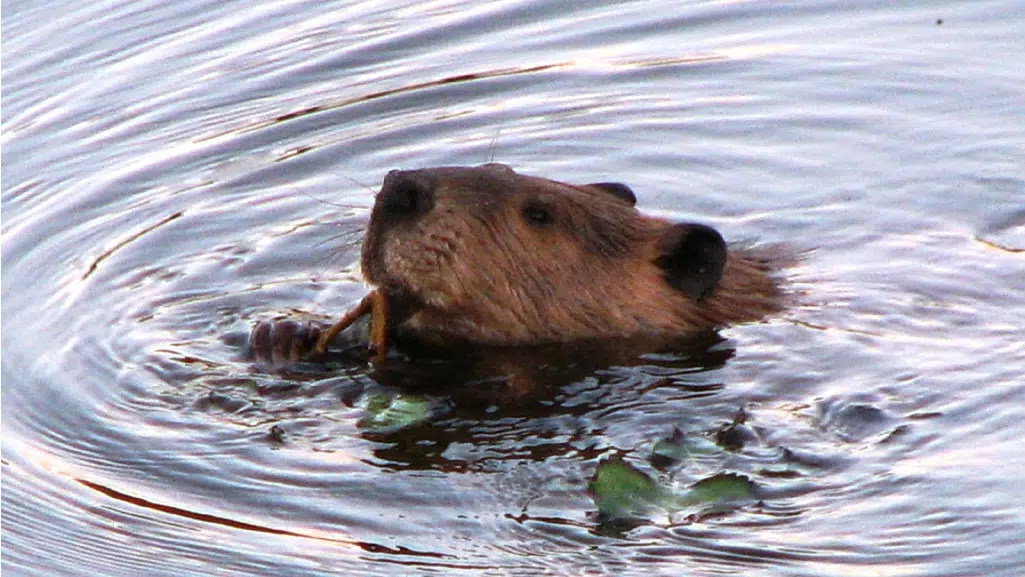
Busting beaver myths, frustration
LETHBRIDGE – Take a cold winter walk in the river valley and you may discover an unexpected surprise. The trail you have followed has led you down to the Oldman River. As you stand along its bank you notice steam coming up out of the ground. No, you have not just discovered a hidden hot spring. You have uncovered the hidden winter home of one of Lethbridge’s more common animals, the beaver.
Most people relish a wildlife sighting. But when it comes to beaver it is often a different story. Beaver, and their ability to transform the landscape, can be a topic of frustration for some. Most of this negative press is unwarranted and focused on the loss of trees. What we need to do is step back, and look at the bigger picture.
Let’s explore some of the common assumptions people make regarding beaver and do some myth busting!
A common misconception is that if left unchecked, beaver will eventually ruin the river valley. The truth is that the river valley looks the way it does as a result of beaver activity. Historically, beaver would have been found in much larger numbers than we see today. The density of populations (or the number of beavers per kilometer of river) would have been much, much higher. Their tree trimming, water slowing, habitat-building actions have built the floodplain forest as we see it today.


